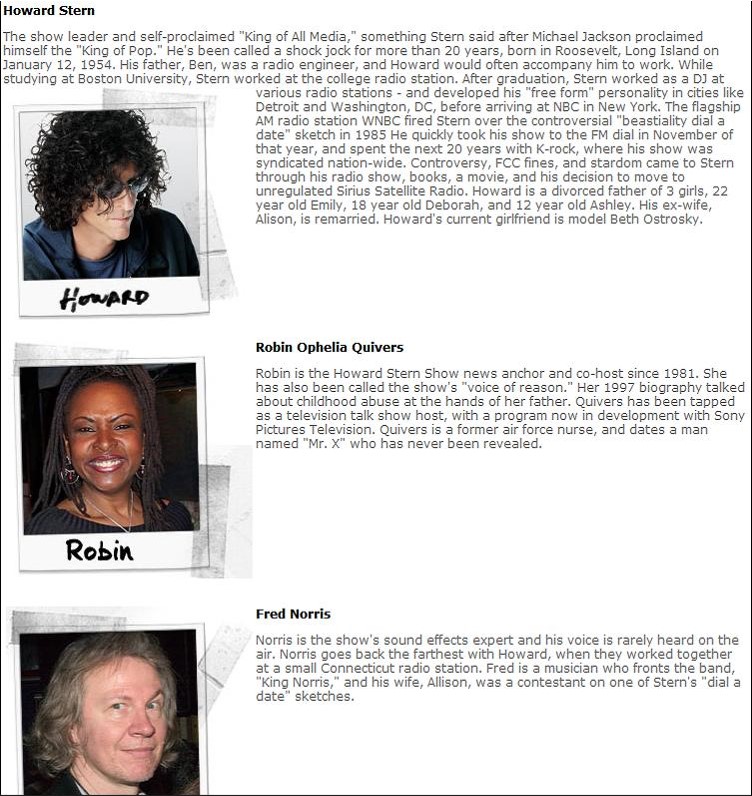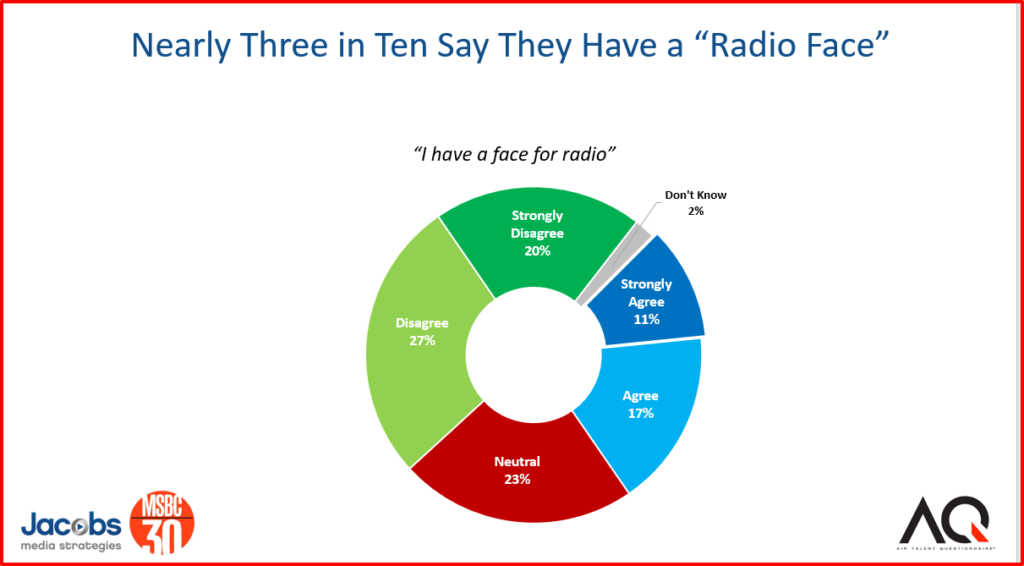![]()
The term “branding” has become overused. But you can’t deny the power of branding, whether it is world-famous athletes like LeBron James or entertainers such as Lady Gaga.
And that focus on your brand – who you want others to believe you are – has most definitely shifted to “real life.” Whether it is online dating or employment sites, how you present yourself online has become a major focus for so many.
Perhaps you’ve seen the new TV spot for Indeed.com, featuring the Yankees great closer, Mariano Rivera, providing advice about how to close a job interview.
More and more, it’s about your online persona – how you come off on a screen and the image you convey online.
If you believe that one’s social media image and online “personality” are just superficial and overhyped, think again.
A new study conducted for Squarespace by the Harris Poll last month is generationally revealing. It was fielded last month in the U.S. among more than 2,000 adults (18 and older). Squarespace CMO Kinjil Mathur summed up a key conclusion about image – who cares and why it matters:
“The majority of Gen Z believe that how you present yourself online is more important than how you present yourself in person.”
Millennials share those views, while older consumers – namely Xers and Boomers are less likely to put as much weight on one’s online presentation.
Much of this Harris/Squarespace research focuses on websites – the most frequent visitors and what they’re likely to notice.
Americans say they visit an average of 8.4 websites a day – 3,000 per year. For many that’s more time than they spent working out or having sex.
 Web design matters. Seven in ten respondents concur that when a local business offers an attractive, navigable website, they’re more likely to shop there.
Web design matters. Seven in ten respondents concur that when a local business offers an attractive, navigable website, they’re more likely to shop there.
Now, translate that to the average radio station website. Too often, they are less about the consumer experience and more about capturing “eyeballs,” publishing clickbait articles, and generating as much money as possible from web visits – aesthetics be damned.
In general, radio station websites are bland, confusing, loaded with ads, and not especially user-friendly. More often than not, their presentation of their most valuable assets – personalities – is lackluster, dated, and poorly designed.
Even though the metrics for “host pages” tend to be strong, most radio stations devote little time, energy, or brain space toward putting its personalities in the most attractive light. Yet at one point or another, fans want a glimpse of the personality or show they enjoy spending time with.
Well-created profiles of station hosts can be a difference-maker. When Howard Stern made the leap to satellite radio back in 2006, Sirius ran a slick “Meet the Cast” feature on the company website.
the leap to satellite radio back in 2006, Sirius ran a slick “Meet the Cast” feature on the company website.
If you thought everyone knew Howard, Robin, Jackie, Gary, and Fred, they were attractively presented by their new employer.
Squarespace’s Kinjil reminds marketers that web surfing can firm up perceptions of brands – whether they’re radio stations or the people who work on their air:
“Americans browse over 3,000 websites a year, and our research shows that the things we see online can make a more lasting impression than things we see in person. This is why it’s so important to create a well-designed presence across all the things you do on the web.”
Admittedly, many personalities believe they have “a face for radio” – all the more reason to spiff up social and website profiles to make them look as appealing as possible. In the same way millions of us try to put our best face forward online and in social media, why wouldn’t radio stations want to do the same thing? Too often, however, personas are an afterthought – at best.

Many radio personalities do this on their own – intuitively – because they understand the importance and value of a strong, attractive, and cool online persona. But so many others don’t care, make a minimal effort, or ignore social media altogether. Or management doesn’t understand the value of an attractive online profile.
The Harris data commissioned for Squarespace suggests that’s a strategic mistake, especially among younger audiences that place a higher premium on web appearances.
The Twitter account, Room Rater, follows the famous – journalists, authors, pundits, politicians – and does what its name implies: grading the rooms, the backgrounds, and the props these personalities use to make themselves look good – or bad:
Books. Art. Like the twins photo. Add more to right. 8/10 @marypilon pic.twitter.com/xjg0QMMtrc
— Room Rater (@ratemyskyperoom) July 20, 2021
Most stations pay close attention to their logos, how the van is wrapped, and how sales kits look. But way too often, the airstaff’s appearance and brand images are left to chance.
 When one in two Americans (49%) say they can recall the color of a website better than they can someone’s eye color, that makes a statement about why online personas matter.
When one in two Americans (49%) say they can recall the color of a website better than they can someone’s eye color, that makes a statement about why online personas matter.
A strong online appearance can lead to improved branding. And oftentimes, that translates to ratings and revenue growth.
Looks matter. Online and on-the-air.
- Media And Technology In 2025: Believe It Or Not! - April 18, 2025
- In Radio, You Just Never Know - April 17, 2025
- The Secret To Making A Great Podcast (And Great Radio) - April 16, 2025




Especially good advice for me. As I like to say, I have a face for radio…and the voice of a writer.
Excellent article! Social media is an extension of your on-air personality. If you read prep all day and promo station events, then social media lets you share a little of your personal life to listeners. It lets them in behind the curtain and lets them see you as human. As a neighbor. As a fellow citizen of your town. If you open up and let them see an anniversary picture, a vacation picture, family picture or some kind of personal post instead of just posts promoting a station event, then they become even more endeared to you on the air. They truly feel like they know you. And just importantly they’re reminded of you and your station when you’re not even on the air.
I hate social media and someday I’ll be able to delete it all, but until then it’s a major part of my public personality. A critical part really.
Craig, well said. You sum it up well. Personalities in radio past never had the opportunity to develop online personas in this way. It takes time, but can extend and sustain your career.